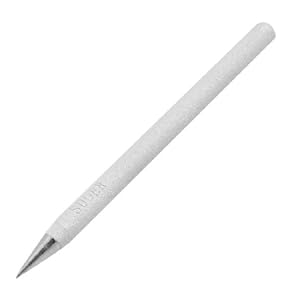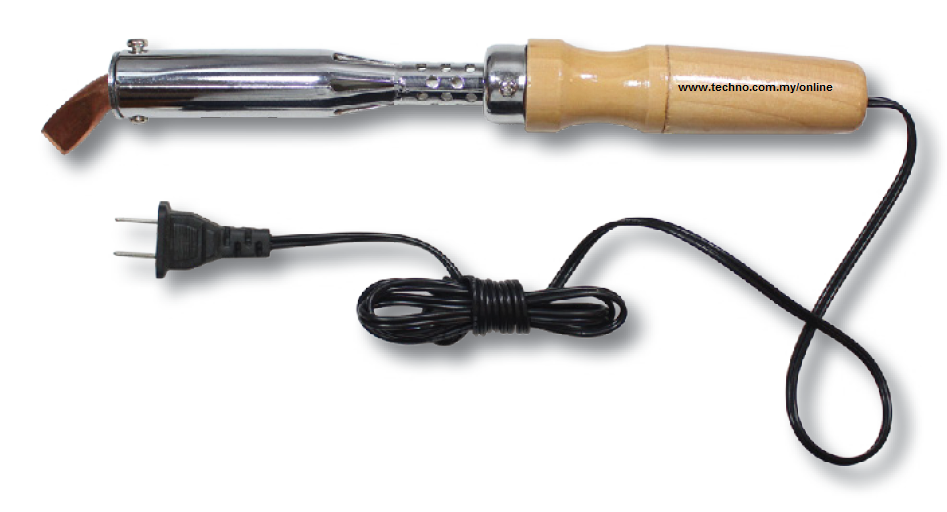I polished the housing canopy so solder wets nicely.
But flitz musical polish obstructs wetting altogether.
I cleaned residual flitz using dry safety swabs, turns black from oxide burnishing.
But the super clean mirrored landing refuses to wet nicely using 60/40 tin lead legacy rosin cored.
If the canopy is scraped by razor blade, wetting historically accomplished.
Don't know why the polish method of surface preparation fails altogether.
Please explain remedy, gotta wet the canopy (strat elex bay overhaul.
But flitz musical polish obstructs wetting altogether.
I cleaned residual flitz using dry safety swabs, turns black from oxide burnishing.
But the super clean mirrored landing refuses to wet nicely using 60/40 tin lead legacy rosin cored.
If the canopy is scraped by razor blade, wetting historically accomplished.
Don't know why the polish method of surface preparation fails altogether.
Please explain remedy, gotta wet the canopy (strat elex bay overhaul.




 are actually iron clad
are actually iron clad 

Comment